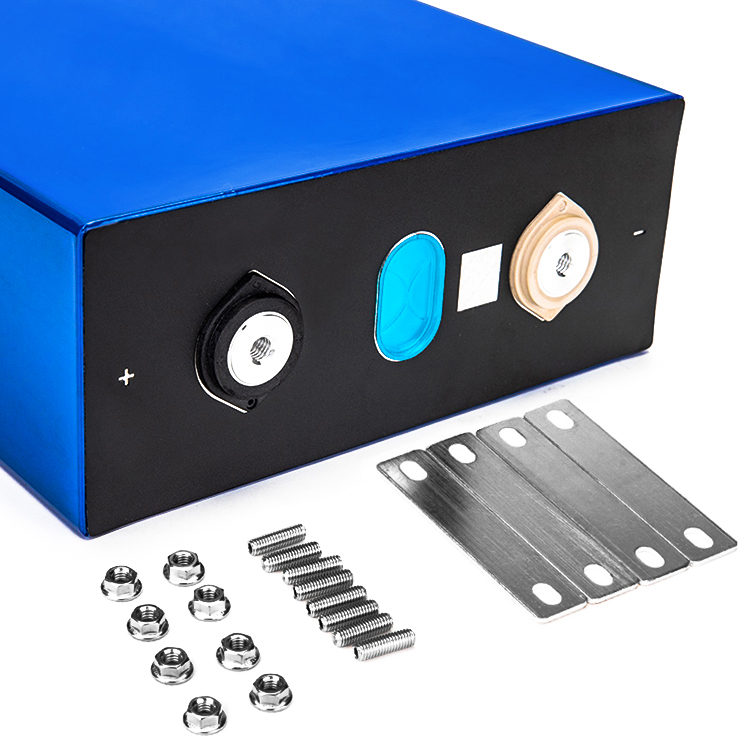

First, liquid injection amount:
Generally speaking, the injection amount of ternary 186502.6-3.2Ah cylindrical battery is between 5-5.5g. The specific injection amount depends on the physical parameters of the positive and negative electrode materials (specific surface area, morphology, particle size distribution), winding tightness, surface density, compaction density, etc.
If the injection volume is insufficient, the internal penetration will be incomplete, the internal resistance will be too large, and the number of cycles will be very small. In severe cases, lithium will be released and cause danger; if the injection volume is too large, it will lead to insufficient internal space (high internal pressure), rapid decline in capacity, and additional costs. What I want to say here is that large amounts of liquid injection will cause rapid capacity fading because the negative electrode, especially at high temperatures and during charging, the free-rich electrolyte will react with the more active negative electrode lithium-carbon compound and consume it effectively substance.
The general method used by manufacturers to determine the injection amount is to immerse the wound cells in the electrolyte, calculate the weight difference before and after, then add 0.2-0.4g, and finally the optimal injection amount. Of course, although this method is simple and feasible, it is not rigorous enough. The best approach is to conduct electrochemical performance experiments using gradient injection volumes and ultimately consider rate, high and low temperatures, and cycling.
Low temperature lithium iron phosphate battery 3.2V 20A -20℃ charging, -40℃ 3C discharge capacity ≥70%
Charging temperature: -20~45℃ -Discharge temperature: -40~+55℃ -40℃ Support maximum discharge rate: 3C -40℃ 3C discharge capacity retention rate ≥70%
Click for details
It is more scientific to determine the appropriate injection amount based on the specific use of the battery.
The principles of manganese, lithium, iron and lithium are basically similar. Don't go into details.
Second, sealing:
Sealing is calculated by dividing the sum of the bottom areas of the positive electrode, negative electrode, separator and pin gaps by the internal bottom area of the cylindrical battery. Generally 88%-93%.
Again, the specific seal depends on the intended use of the battery and the desired final battery performance. Too low sealing will result in wasted space, new costs, difficulty in electrolyte penetration (consumption of liquid), battery shaking, etc.; too high sealing will result in insufficient space due to subsequent battery expansion, thus affecting electrochemical performance and internal pressure. Large CID is easy to disconnect etc.
Low temperature and high energy density 18650 3350mAh-40℃ 0.5C discharge capacity ≥60%
Charging temperature: 0~45℃ Discharge temperature: -40~+55℃ Specific energy: 240Wh/kg -40℃ Discharge capacity retention rate: 0.5C Discharge capacity ≥ 60%
Click for details
Generally speaking, the sealing performance of rate batteries is lower, usually less than 91%; the sealing performance of capacity batteries is higher, and some can even exceed 95%. Reasons to consider, it's simple.
It should be noted that taking into account different materials (such as negative electrode physical parameters), different design parameters (such as compaction density), etc., the subsequent battery expansion coefficients are also different. We must consider everything comprehensively when designing.
Third, the number of lugs:
The number of added lugs can only be limited to the AC internal resistance of the newly added battery, which is not directly related to the DC internal resistance during final use. The new number of labels will increase the difficulty of battery process design, increase costs and end-use risks. Therefore, in order to increase the final battery capacity or rate performance, whether the number of new tags on a single side is feasible must be carefully designed.
The reason is roughly: the increase in the number of lugs means that new machines, materials and labor are added to the welding process of the blank space and lugs, and the cost will naturally increase; the new number of lugs will also affect the tension of the pole shoe. , resulting in no tension. Additionally, there is the added difficulty and risk of wrapping; improperly packaged solder joints at the lugs can puncture the diaphragm. The current density is greatest at the lugs and the electrode potential is lowest, which increases the possibility of lithium precipitation.
The general design is that one tab for the positive and negative terminals of the capacity battery will suffice; for rate batteries, adding more tabs may be considered, but the DC internal resistance ultimately determines performance.

Popular recommendation
AG3 battery.What is the production process of 18650 lithium battery?
2023-10-09lithuim ion battery 18650.What is the difference between 18650 lithium battery and 26650 lithium bat
2023-10-13801752 lipo battery.New breakthroughs in thermal instability research: BAK Battery deeply explores h
2023-10-09LR43 battery!Rimac applies ADI precision battery management system to electric vehicles
2023-10-08AG6 battery.Process flow of 18650 cylindrical battery sleeve labeling machine
2023-10-09902030 lipo battery.18650 lithium battery PACK process quality characteristics and welding precautio
2023-10-09Nickel Hydride No. 5 batteries.Main technical parameters and uses of cr2016 button battery
2023-10-09R6 Carbon battery!INNOLITH officially enters the Chinese market. Inorganic electrolyte technology he
2023-10-08Button battery type
2022-06-18alkaline battery!New energy battery technology solid state battery
2023-10-08LR1130 battery.Wireless charging is often exposed to the basic physical knowledge of the two technol
2023-10-08LR43 battery.What are the key points of the manufacturing process of 18650 lithium-ion battery?
2023-10-12